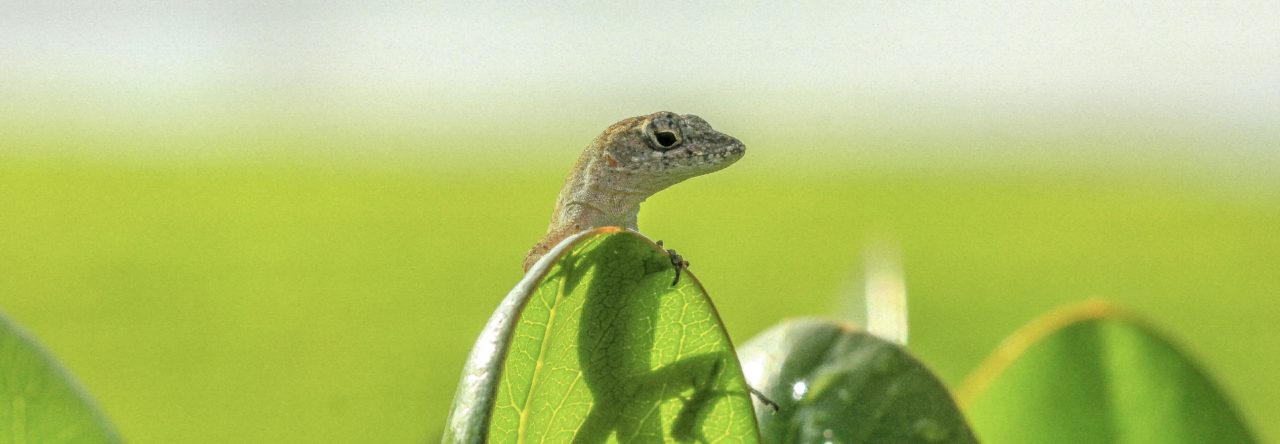
Night time’s not just for sleeping in the festive anole.
Everyone knows that anoles are diurnal, active by day and snoozing by night. Yet the rascals are opportunistic–light up the night, and they’ll take advantage to extend their carousing and foraging. We’ve had reports on such behavior before [1, 2] in the green and knight anoles (and there are more reports in the literature); now such behavior is reported in the brown anole from Guatemala, in a recent paper by Brown and Arrivillaga published recently in Mesoamerican Herpetology.
Latest posts by Jonathan Losos (see all)
- Third Mexican Amber Anolis Lizard Discovered - January 14, 2025
- Anolis Lizard Research Paves the Way for Advances in Treatment of Human Prostate Cancer - January 10, 2025
- When Two Lizards Meet for the First Time, Scientists Witness Evolution in Action - January 3, 2025


Renoir Auguste
I’ve observed Anolis aeneus in Trinidad (Trinidad and Tobago, W.I.) active at night as well. On more than one night. Similar setting: a well lit wall after dark. Individuals were mostly observed in a vertical orientation facing upward, and at times downward position.